
|   |

|   |
 e-mail: sunilkothari1933@gmail.com Women to the fore Photos courtesy: NCPA November 28, 2017 In November, National Centre for the Performing Arts, Mumbai, organized a Festival of Contemporary Dance. Opening the annual event was this year's Sangeet Natak Akademi awarded Dr. Anita Ratnam. During her succinct and articulate introduction, Anita carved her aesthetic style that embraced the contemporary on the lines of her own journey from being a classical dancer to a contemporary dreamer and a modern woman. While classical forms like Bharatanatyam are limited to certain areas in Mumbai like Chembur, Sion and Matunga, the Mumbai city has the most thriving contemporary dance and theatre scene in the country. As a relentless collaborator and a passionate supporter of new expressions in the live arts, Anita is a very important presence in the landscape of modern Indian arts. In an interview published in NCPA's ON STAGE magazine a week before her performance, Anita has been quoted as saying that her personal vocabulary of NEO BHARATAM was a long sought excavation of various movement vocabularies for her maturing body. She said, "I wonder why dancers, when they mature, want to look young. How does one remain relevant in a society that is obsessed with youth and air-brushed beauty? Neo Bharatam hopes to provide one of the answers. It is an exciting time for contemporary dance in India, which is looking at a sunrise moment."  Padme The festival opened with two performances by Anita's troupe and a solo performance by her. While VORTEXT was an energetic performance using percussive rhythms from Kerala, PADME drew from dual life of the lotus - calm on surface, with movements and sludge underneath. The latter has been choreographed by The Netherlands-based choreographer Kalpana Raghuraman. PRISM, a solo by Anita, was part autobiographical with a minimal sound design and using meditative sounds. It is a woman's journey of struggle and pain. As a feminist artist she had to walk the talk through her work. While watching Anita's solo, I was reminded of her visit to Toronto in 1996. She had met Hari Krishnan and Davesh Soneji at dancer Lata Pada's home. She was struck by the intelligence and deep respect for the traditional dance systems both these artists /scholars had. She invited them for the first of many successful collaborations that began with ADHIROHANA in 1998. With Hari Krishnan she met Rex, who joined the team with his radical visual ideas, challenging, transforming and inspiring her new silhouette for the millennium. Together they have created successful iconic choreographies - 7 GRACES, NEELAM, MA3KA, A MILLION SITAS - four evening length works that set a benchmark for production values and choreographic ingenuity. Alongside designer Sandhya Raman and pianist Anil Srinivasan, their works continue to inspire a generation and be a template for imitations and admirers. In her article 'A Personal Prism' in Contemporary Dance in India, special issue of Marg Publications, Anita writes: '...I shifted gear in 2013 by auditioning and creating a professional group of women to work under Netherlands-based choreographer Kalpana Raghuraman. The result was Padme, a neo-classical work performed by classical Bharatanatyam and Odissi dancers - all in their 20s. Without the usual trappings of being a "guru" with many students, I have found new ways to engage with well trained dancers, who graduate each year from reputed dance academies. The Padme project was my first attempt to mentor technically skilled classical dancers in a time bound neo-classical program. With auditions, contracts, six-hour rehearsal sessions that taught improvisation, discussion, choreography and special awareness, Padme became a productive pilot project to develop classical dancers with contemporary sensibilities. The successful performances in major five cities have convinced me that one of the ways forward for the classical community is a 360-degree development program to enhance technical training.' Interested in sound, Anita during her stay in New York, used to collect ocean drums, Tibetan bowls, castanets, darbuka and would bring to the sound studio where with her engineer would play for hours and record samples and store them digitally for future use. Besides these sounds, Anita loved temple sounds- conch blowing, metal bells ringing, choric chanting, Sanskrit shlokas, the rustle of silk saris and silver spoons tinkling against bowls filled with camphor-fused sacred water. I am mentioning all this as a background in Anita's trajectory of a contemporary dancer. Always exposing herself to new dance works during her world tours, Anita seeks to expand horizons of her choreographic works. The three works she presented resonate with several elements and love for sound, for music and spirit of collaboration. In the first work Vortext, Anita inspired by the dynamic image of Sri Chakra, the feminine diagram for the Goddesses, has attempted to abstract the substrata of shape, intersections and hidden energies located within dancing body. Anita has used for music, Kerala percussive rhythms and a constant looping pulse as the sound bed. Vortext explores the mythology of Devi. The Goddess balances the Universe. There are confrontations with dark forces. Enigmatic contours of the Sri Chakra triangles led her during the collaborations with the dancers; using Bharatanatyam and further devising movements, Anita has with five dancers attempted successfully a familiar narrative within female body as both 'an ode and a eulogy'. Keertana, Meenakshi, Sukruti, Deepa and Simran performed with apt energy and choreographic design visualized by Anita. The music by N.K. Kesavan with chanting by Revathy Sankkaran created the mood. Their well trained bodies in classical style responded to contemporary sensibilities.  Prism Anita's solo work Prism, created in 2017 in collaboration with Hari Krishnan was her most mature and distilled work of date. The performer's note states that this is a personal solo meditation on life, loss and faith. Using the pathways of a Buddhist mandala to navigate the complex and often confusing terrain of doubt and delight, the work is slow with precise and elongated movements, carving straight and diagonal lines to create an atmosphere of expectation and heightened intensity. 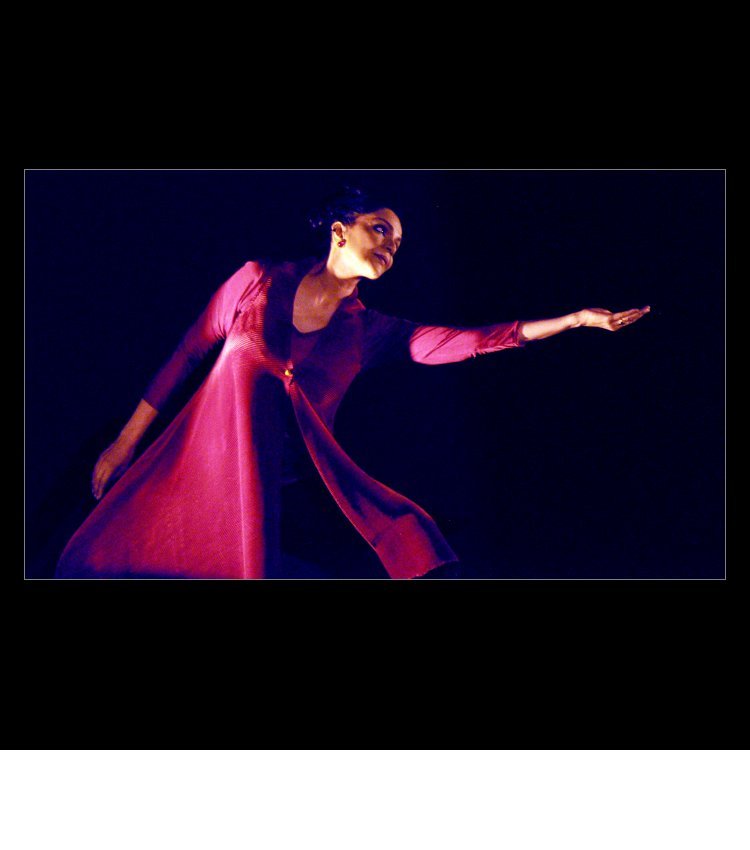
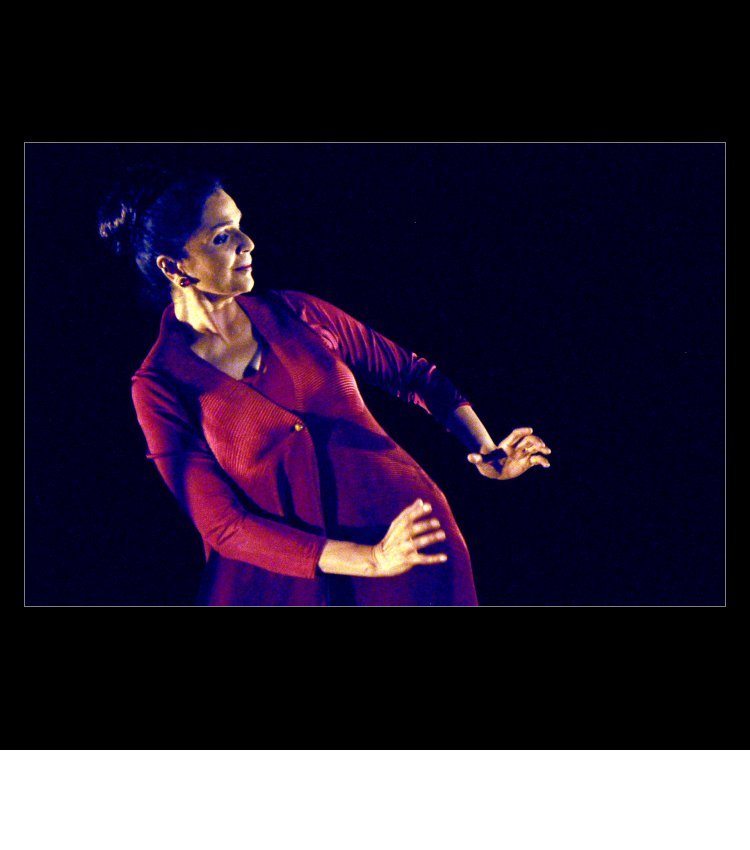
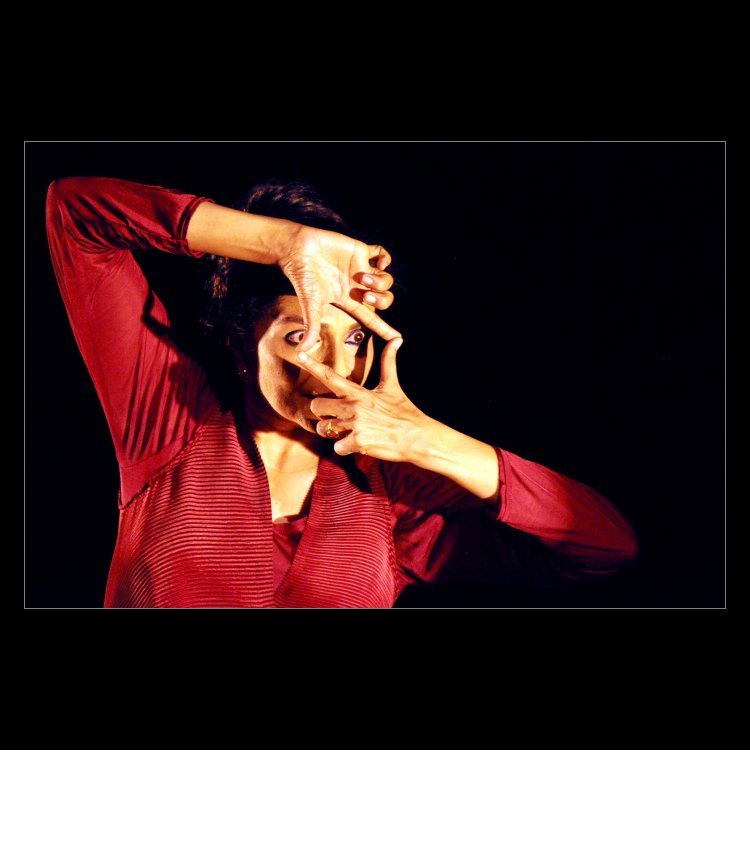
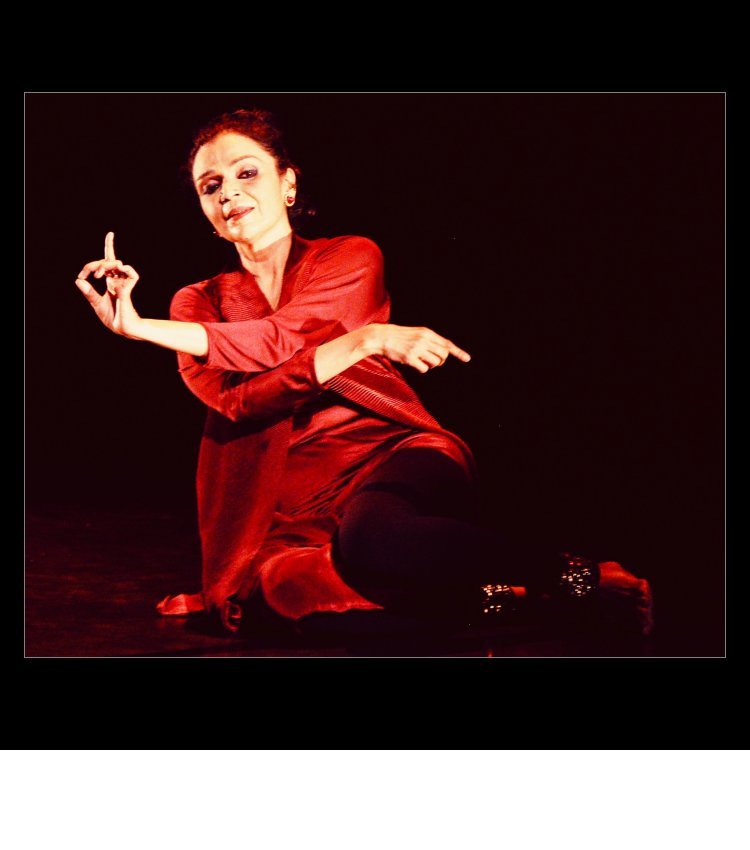
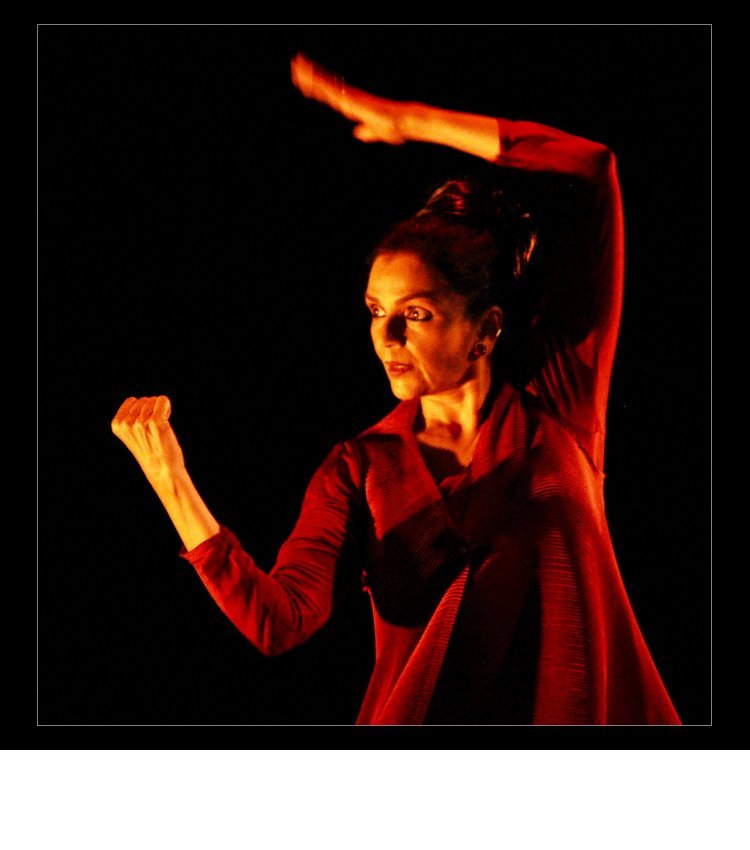
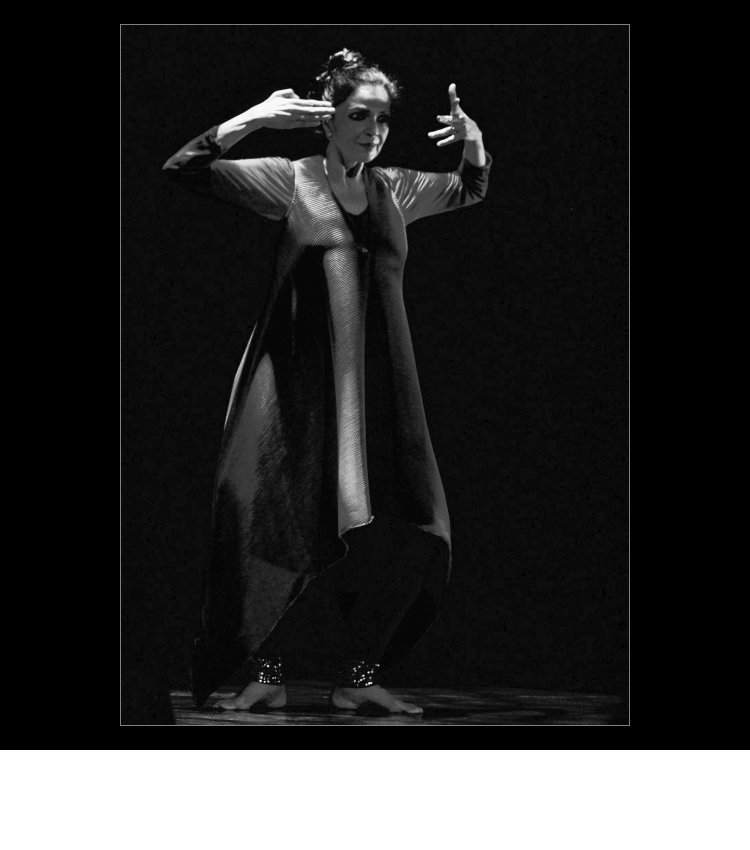
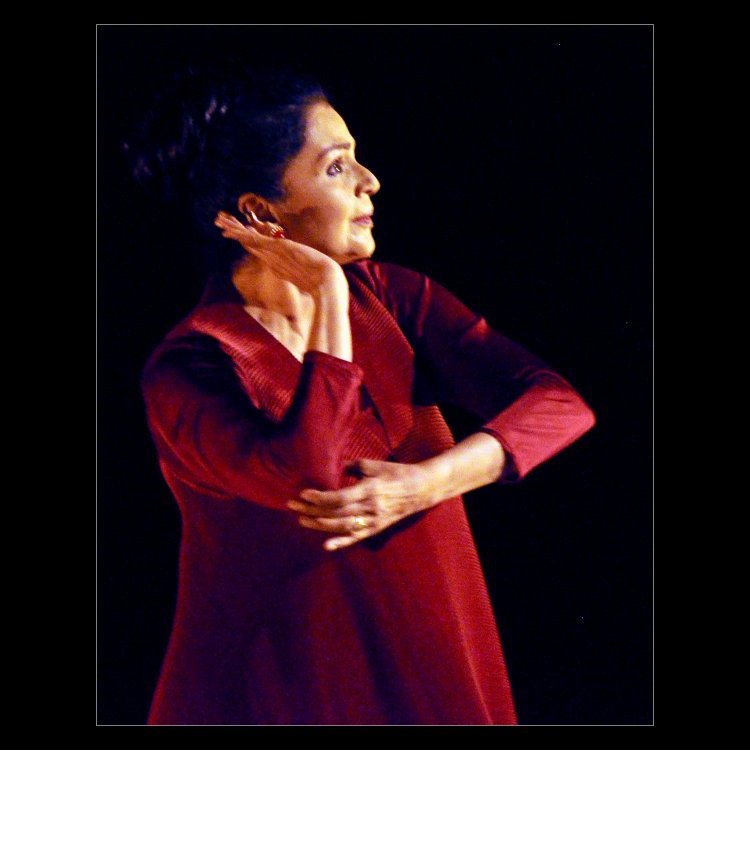
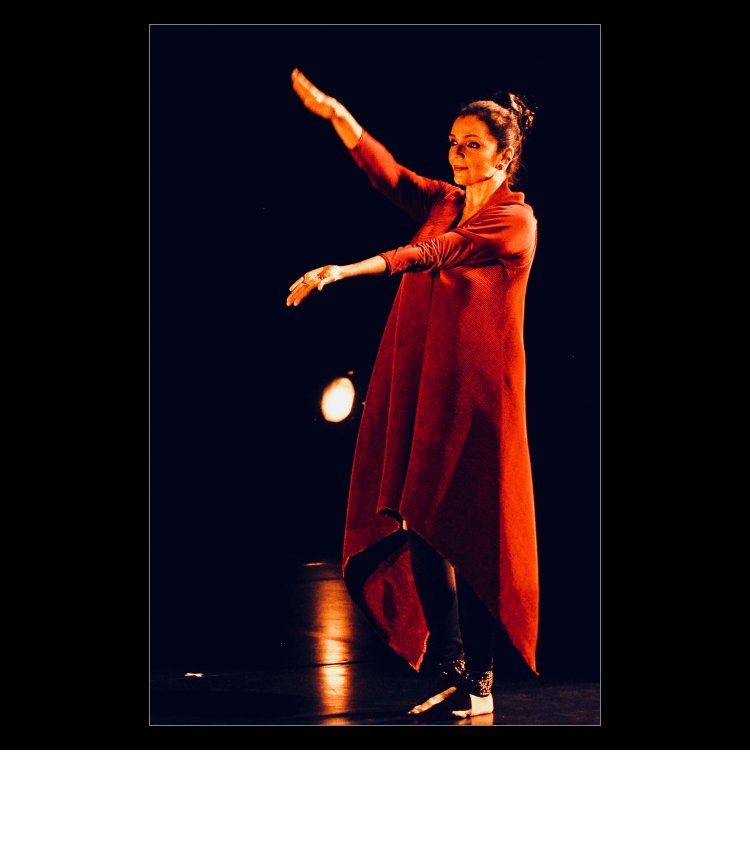
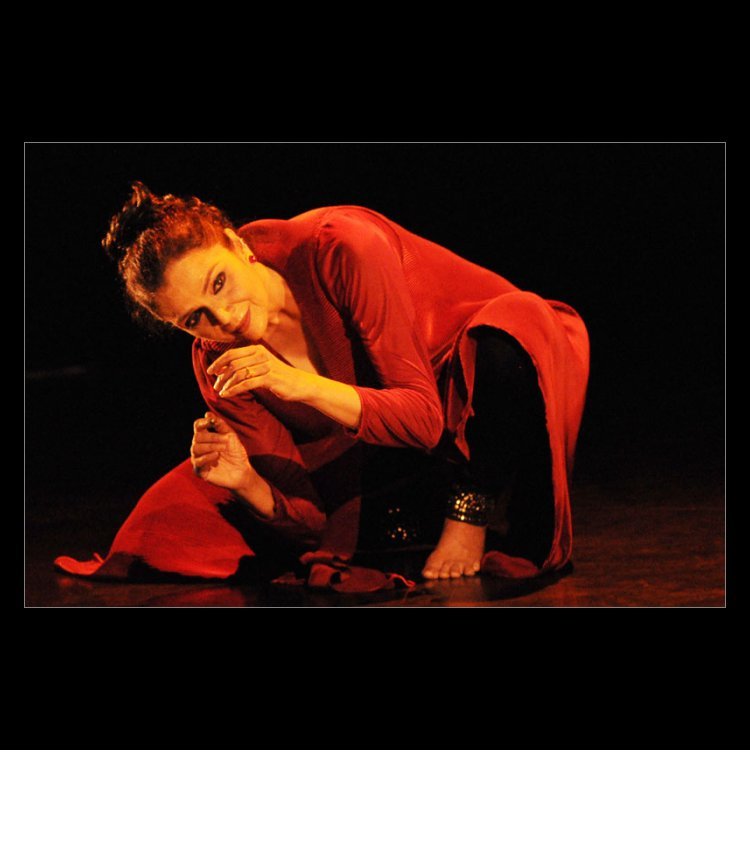
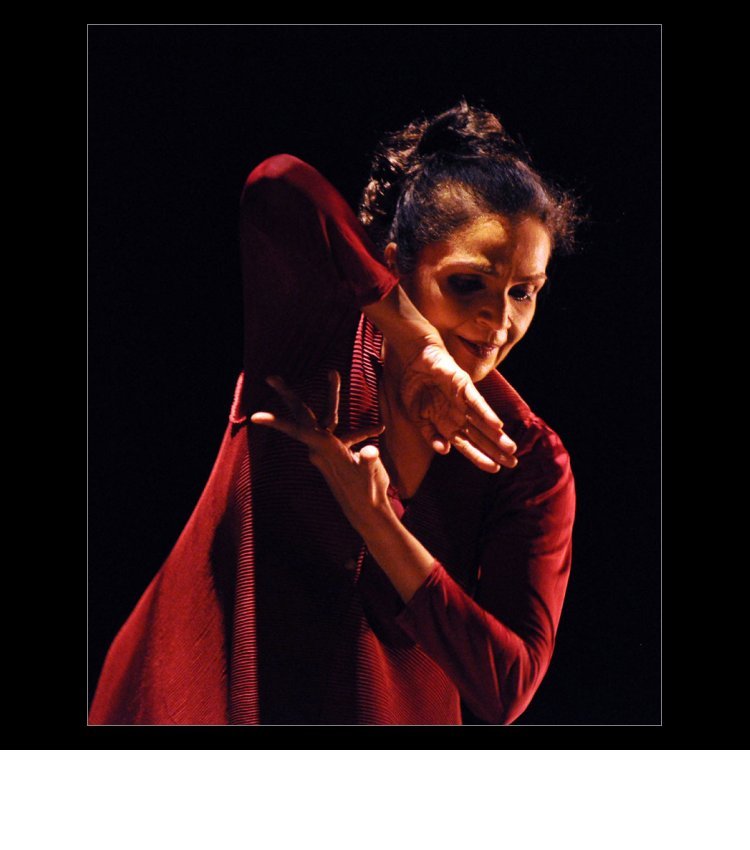 Prism extracted every ounce of patience, distilled intensity and
fierce focus from Anita's body. The sound design echoed the inner spaces
of a woman's spirit and a quiet hush permeated the work. Anita's
elegant frame, a result of continuous practice since she was 16, the
serene mood, frontal movements of the arms, lowering of the body
sideways, two arms in mukula hastas, resting on the shoulders created
stunning visuals. Costume designed by Japanese Issey Miyake sat well on
the dancer's frame and the monochromatic deep purple heightened the
sombre mood Vedanth Bharadwaj's superb sound design with the use
of Tibetan bowl generated meditative mood. The lighting was subdued and
lit up contours of the dancer's body.
Prism extracted every ounce of patience, distilled intensity and
fierce focus from Anita's body. The sound design echoed the inner spaces
of a woman's spirit and a quiet hush permeated the work. Anita's
elegant frame, a result of continuous practice since she was 16, the
serene mood, frontal movements of the arms, lowering of the body
sideways, two arms in mukula hastas, resting on the shoulders created
stunning visuals. Costume designed by Japanese Issey Miyake sat well on
the dancer's frame and the monochromatic deep purple heightened the
sombre mood Vedanth Bharadwaj's superb sound design with the use
of Tibetan bowl generated meditative mood. The lighting was subdued and
lit up contours of the dancer's body.Padme used the lotus only as a mere trigger for the longest piece of the evening. As the dancers enter stage, sit on the floor, place one arm on their knees and unfurl their fingers into the familiar motif, the intelligently framed work begins to unpeel the individual personalities of the seven women. The dancers Meenakshi, Keertana, Sanjana, Vandana, Sukruti, Priya and Preeja - coalesced with energy and wit to bring fruition to Anita's vision and Kalpana Raghuraman's choreographic arc. Peter Lemmens' contemporary score was a perfect contrast to the first two soundscapes. Anita's mentoring vision is a vital and important addition to her already glorious danceography. With her background in television broadcasting in the USA and her continued academic interests, her presence both on and off the stage are unique silhouettes for contemporary performance. I have watched her since she burst onto my imagination at the Music Academy in 1971. Seeing her various avatars through these 4 decades, her unflagging enthusiasm and never ending curiosity is infectious. Featured in both my volumes of Bharatanatyam and Contemporary Indian Dance, her new role as a storyteller only serves to be an example of how artistes can remain relevant and engaged through generational changes and seismic shifts. Special mention must be made of Swapnokalpa Dasgupta and Benaifer Besunia who continue to be the pillars behind the curation and execution of the dance segments at the NCPA.  Dr. Sunil Kothari is a dance historian, scholar, author and critic, Padma Shri awardee and fellow, Sangeet Natak Akademi. Dance Critics' Association, New York, has honoured him with Lifetime Achievement award. Post your comments Please provide your name and email id when you use the Anonymous profile in the blog to post a comment. All appropriate comments posted with name & email id in the blog will also be featured in the site. |